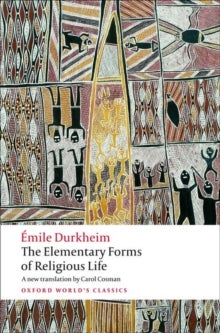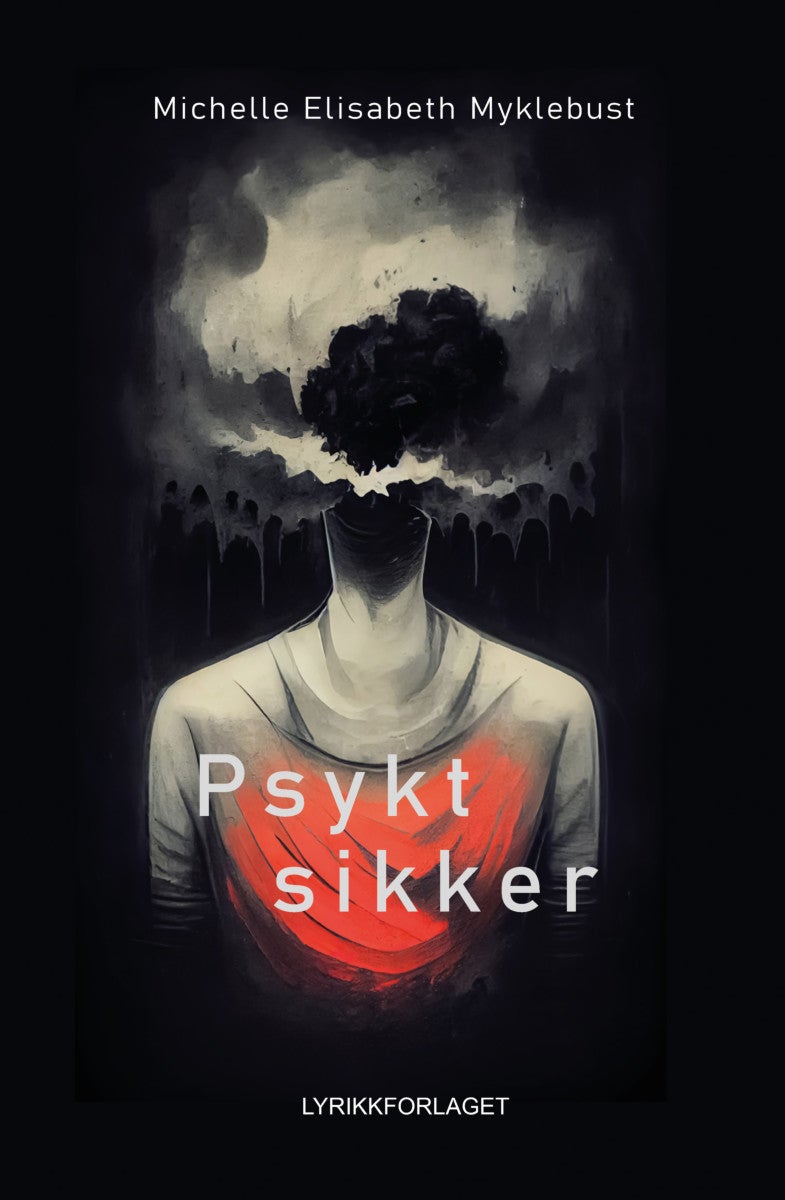
Harem av Alev Lytle Croutier
329,-
<p>''I was born in a konak (old house), which once was the harem of a pasha," writes Alev Lytle Croutier.'' People around me often whispered things about harems; my own grandmother and her sister had been brought up in one." Drawing on a host of first-hand accounts and memoirs, as well as her own family history, Croutier explores life in the world''s harems, from the Middle Ages to the early 20th century, focusing on the fabled Seraglio of Topkapi Palace as a paradigm for them all. We enter the slave markets and the lavish boudoirs of the sultanas; we witness the daily routines of the odalisques, and of the eunuchs who guarded the harem. Here, too, we learn of the labyrinthine political scheming among the sultan''s wives, his favourites, and the valide sultana-the sultan''s mother-whose power could eclipse that of the sultan himself. There were the harems of the sultans and the pashas, but there were also ¿middle-class¿ harems, the households in which ordinary men and women lived out o








